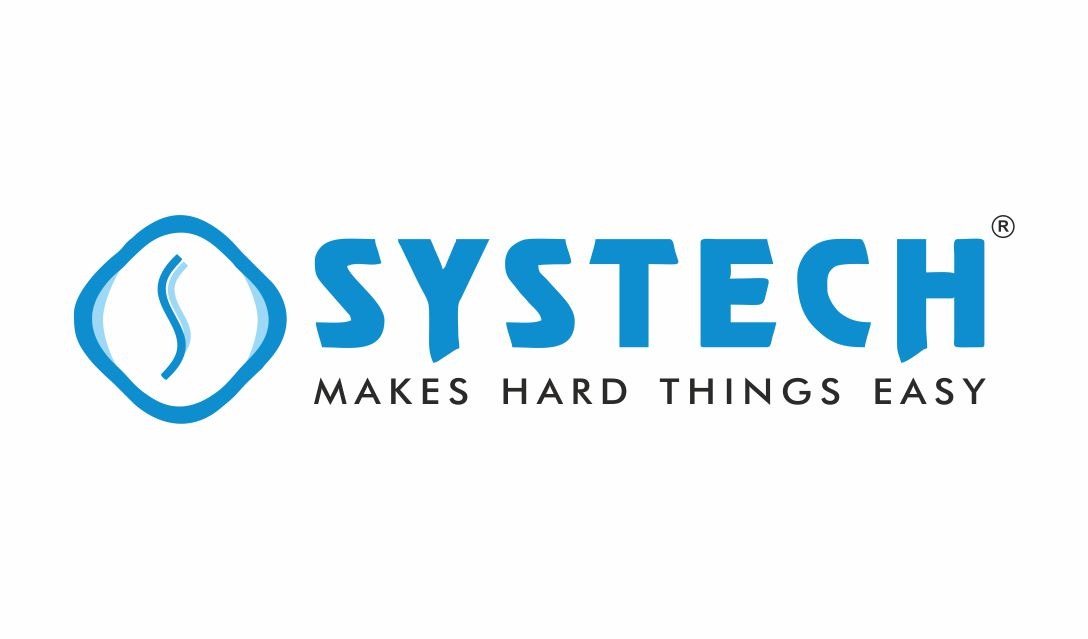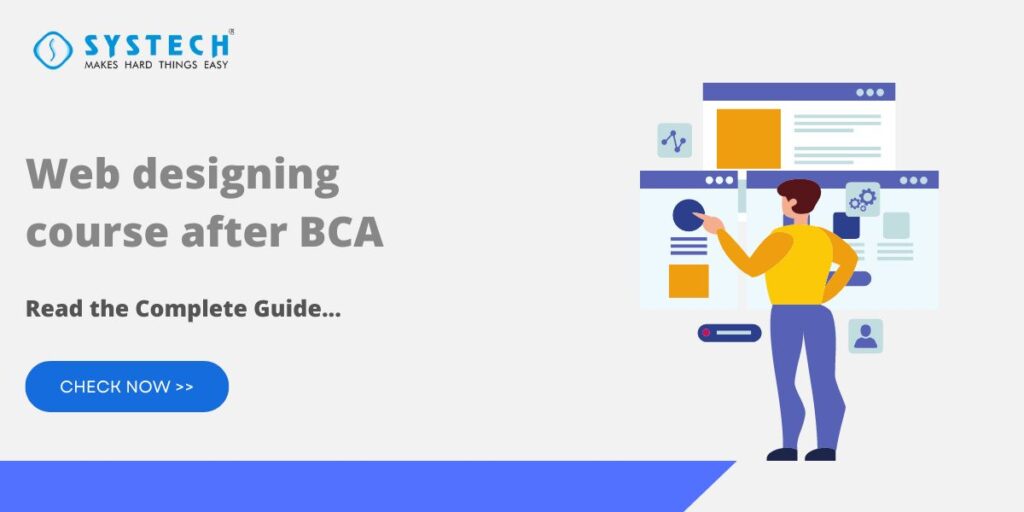Table of Contents
Web Designing Course After BCA: Build a High-Demand Career
Completed BCA and wondering what’s next? If you love creativity + technology, a web designing course could be your perfect career move. Businesses worldwide need skilled web designers, making this a high-growth, high-paying field. The best part? You don’t need to be a hardcore programmer to excel in web design. Whether you dream of freelancing, working for top IT firms, or launching your startup, learning web design opens multiple career paths.
What is a Web Designing Course?
A web designing course teaches you how to build visually appealing, user-friendly websites that provide a seamless experience across all devices. You’ll master tools and technologies that help create professional websites for businesses, startups, and e-commerce stores.
Key Topics Covered in Web Designing:
✅ Core Web Technologies – HTML, CSS, JavaScript
✅ UI/UX Design – Enhancing user experience
✅ Responsive Design – Making sites mobile-friendly
✅ Graphic Design – Using Photoshop, Figma, Adobe XD
✅ Web Animation – CSS animations & JavaScript libraries
✅ SEO & Web Performance – Optimizing speed & visibility
📌 Difference: Web design = visuals + layout | Web development = coding + backend
If you prefer the creative side of tech, web design is an excellent career choice!
Why Choose Web Designing After BCA?
1. High Demand for Web Designers
Businesses need websites to succeed. From startups to large corporations, the demand for modern, responsive websites is skyrocketing.
2. Balance of Creativity & Technology
If you love designing visually stunning pages but don’t want to focus heavily on coding, web designing is ideal.
3. Lucrative Salary & Freelance Opportunities
💰 Entry-level salary: ₹2.5 – ₹4.5 LPA
💰 Mid-level salary: ₹6 – ₹10 LPA
💰 Freelancers: ₹500 – ₹2000 per hour
4. Fast-Track Career Growth
Unlike traditional IT jobs, web design has a shorter learning curve. You can start earning within 3-6 months with the right skills.
5. Work from Anywhere
Many web designers work remotely, making it an ideal career for digital nomads.
Best Web Designing Courses After BCA
1. Certificate Courses (3-6 months)
🔹 Covers basics: HTML, CSS, JavaScript
🔹 Best for beginners who want to explore web designing
2. Diploma Courses (6-12 months)
🔹 Includes UI/UX, front-end development
🔹 Best for job-focused learners who want to enter the industry quickly
3. Advanced Courses (1-2 years)
🔹 Covers full-stack development, web apps, and project management
🔹 Best for high-paying jobs and global career opportunities
📌 Top Platforms: Coursera, Udemy, Internshala, Shaw Academy, Systech
Career Scope & Salary After Web Designing Course
💼 Job Roles & Responsibilities:
✔️ Web Designer – Creates website layouts, themes, and templates
✔️ UI/UX Designer – Focuses on user experience & interface design
✔️ Front-End Developer – Handles interactive elements with JavaScript
✔️ Graphic Designer – Designs website graphics and branding
✔️ SEO Web Designer – Optimizes web designs for search engines
💰 Salary Trends (India):
📍 Entry-level: ₹2.5 – ₹4.5 LPA
📍 Mid-level: ₹6 – ₹10 LPA
📍 Senior roles: ₹12 – ₹20 LPA
📍 Freelancers: ₹500 – ₹2000 per hour
🌍 Global Opportunities: Companies worldwide hire remote web designers. Skilled professionals earn up to $80,000/year.
Prerequisites for Learning Web Designing
✅ Basic Coding Knowledge – HTML, CSS, JavaScript
✅ Design Aptitude – Creativity + attention to detail
✅ Familiarity with Design Tools – Adobe XD, Figma, Photoshop
✅ Continuous Learning Mindset – Web design trends evolve fast!
No programming background? No problem! Many courses start from scratch.
Top Offline & Online Web Designing Courses in India
Course | Platform/Institute | Duration |
Full stack web developer | 6 months | |
Web Designing Certification | Internshala | 6 weeks |
Full-Stack Web Development | Coursera | 6 months |
UI/UX Design Masterclass | Shaw Academy | 4 weeks |
Advanced Web Design Course | Arena Animation | 1 year |
Web Development Bootcamp | Udemy | 3 months |
📌 Offline Options:NID Ahmedabad, MAAC, Arena Animation
Tips to Succeed in Web Designing
💡 Build a Portfolio – Showcase your best projects
💡 Follow Design Trends – Stay updated with the latest UI/UX trends
💡 Join Design Communities – Engage on LinkedIn, Behance, Dribbble
💡 Work on Real Projects – Freelance or intern for hands-on experience
💡 Practice, Practice, Practice – The more you design, the better you get!
Final Thoughts
Related Courses
FAQs
Is web designing a good career after BCA?
Yes! It’s in high demand and pays well.
Do I need coding knowledge?
Basic HTML, CSS, and JavaScript help, but advanced programming isn’t mandatory.
How long does it take to learn?
You can start in 3-6 months with consistent learning.
What’s the cost of a web designing course?
Offline: ₹20,000 – ₹1,00,000 | Online: ₹5,000 – ₹40,000
Share Post Via

